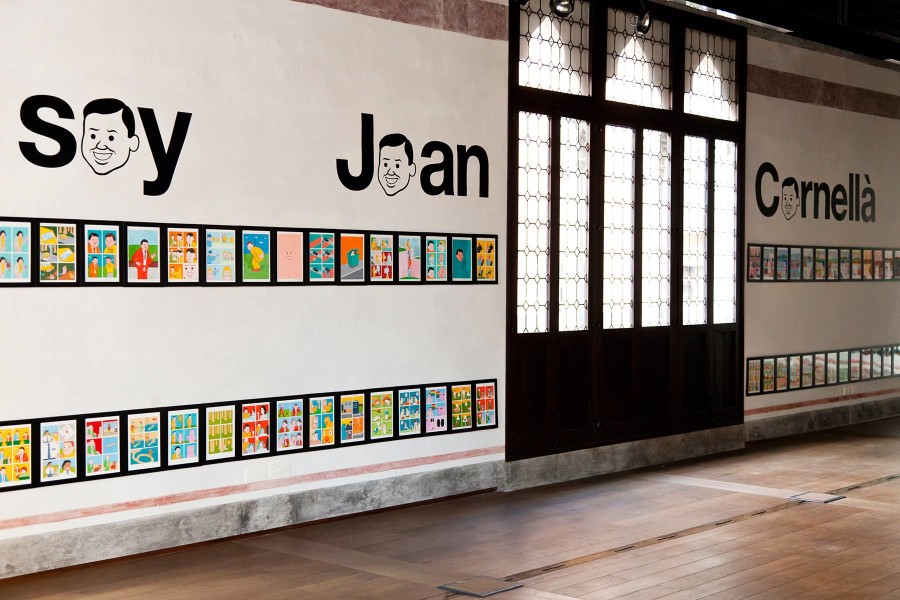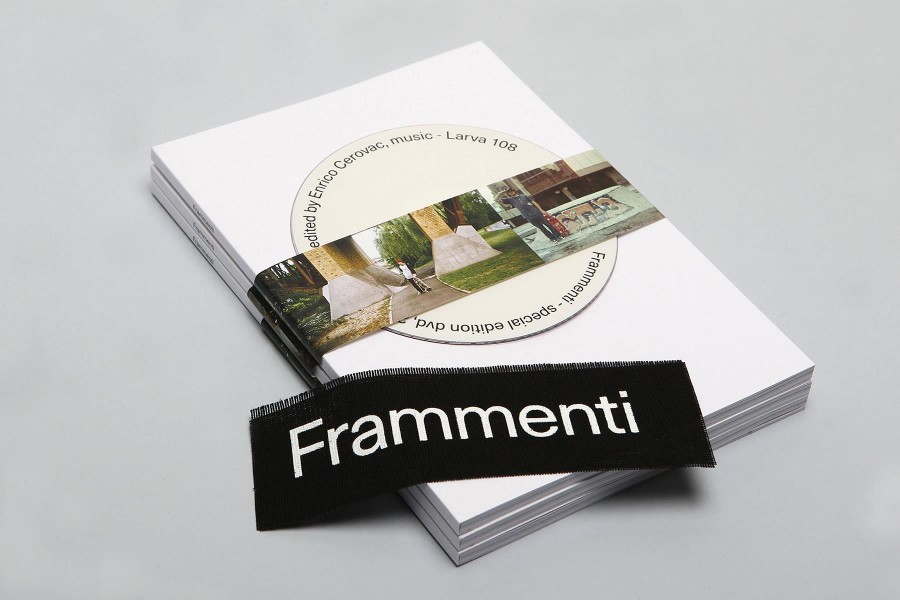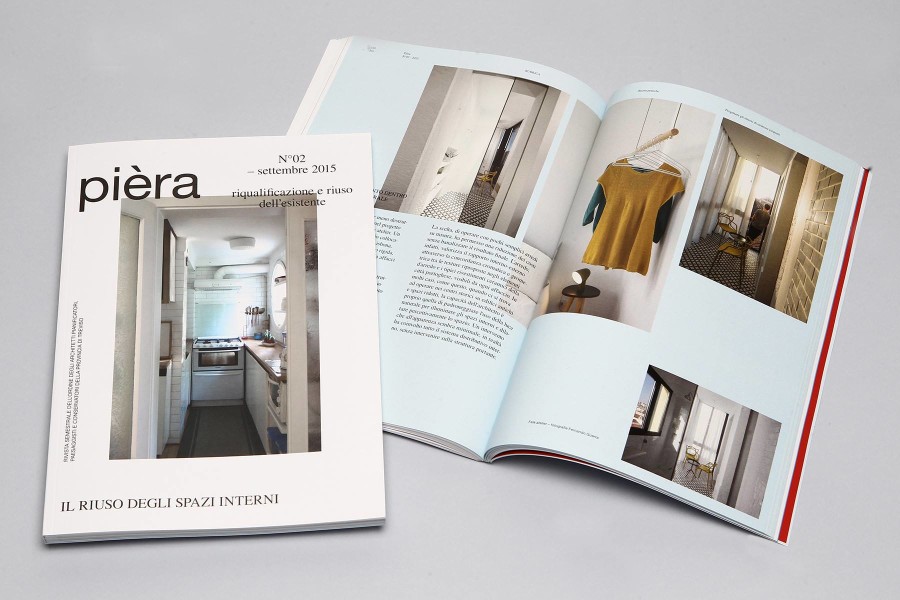After wandering off to South of Italy with Sangue‘s Creative Minds feature, we are back in Trieste and we present to you Studio iknoki, a graphic design and art direction studio, that blends different media and techniques in order to explore the possibilities of visual communication. Counting six years of activity with Studio iknoki and an impressive variety of great projects behind them, Christian Jugovac and Francesco Greguol, discuss with us design in Italy, artistic versatility and the vision and story of their studio.
- You founded Studio iknoki back in 2010, what is the story behind it?
Yes, we founded Studio iknoki in 2010 though we worked together earlier during college days at IUAV – university of Venice. Indeed we met on the very first days of college and never stopped working together both on academic projects and non. Right after graduating, we decided to stay in Venice, because we had won an artist residency at Fondazione Bevilacqua la Masa, to work on a self-published editorial project. That was a truly inspiring time for us, but right after that we decided to move on and found our own studio.
- In your studio you do everything from Brand Identity to Editorial Design, Exhibition Design and Art Direction, it it important for a studio/artist/designer to be versatile nowadays?
Nowadays, the work of the graphic designer is constantly and rapidly evolving. We live and work in a very complex scenario, so for us it’s very important to be versatile and keep our approach as much open as possible. But what’s important for us is developing our own approach of design, not only in the fields you mentioned but every time our skills are requested. For us the process of designing a visual identity, designing a magazine or an exhibition (even curating an exhibition in a way) share the same principles.

- Visual communication is maybe on the of the most important parts of a brand’s identity, what are the responsibilities of shaping it?
The idea that the visual designer is responsible for shaping the identity, whether it is for a brand, an institutions or an organizations, is totally wrong. Visual design doesn’t produce identities in a direct way. We’d rather say that visual design, through the visual representation of certain collective references and concepts, helps to generate “processes of identifications” of individuals and groups of people. All this involves a deep understanding of the principles and modalities through which those processes of identification emerge and rapidly evolve themselves, and this, from our point of view, is the responsibility of the designer while “shaping” a brand’s identity.
- Italy was always famous for its quality design, a reputation that goes centuries back. How could you describe Italian design nowadays?
Off course Italy has such a great history and tradition in design, even if we focus only on graphic design. Nowadays, I think that it is more difficult to speak about an “italian style” because contaminations are more frequent and easier than ever, even if, generally speaking, places are still relevant and capable to generate identity and value.
So to answer your question, and narrowing down the topic to graphic/visual design only, we think that compared to other countries, in Italy there was a “shared way of looking at things” that doesn’t exist anymore and will hardly emerge in the next years.

- How would you describe Studio iknoki’s style?
I don’t think we have a predefined style as we have never worked in that sense, though typography plays a crucial role in most of our works.What’s important for us is the process, the starting point of our approach and its development according to the context, so the final results may vary a lot.
- What are you currently working on ?
Currently, we’re working on a catalogue for a client which will be presented at the 2016 Milan Furniture Fair.

- What does the future hold for Studio iknoki?
Who knows… but we hope more and more interesting projects to work on.
- Where can our readers find your work?
We have a website with a selected portfolio at www.iknoki.com.
You can find our works also on Behance and on our Facebook page.








